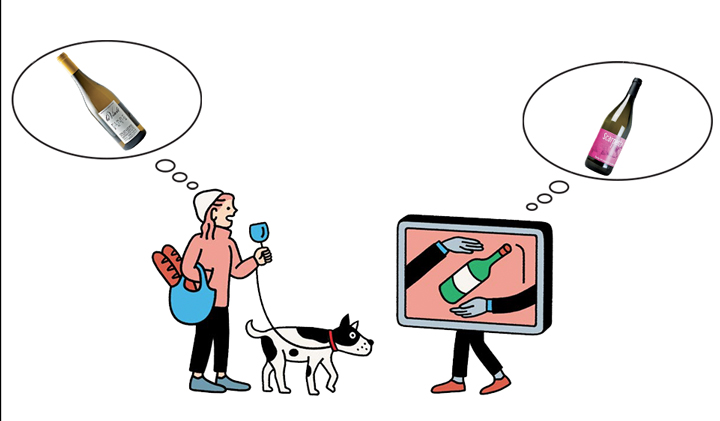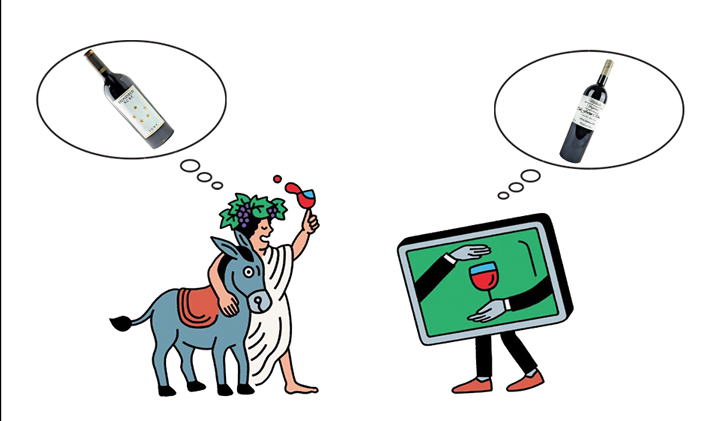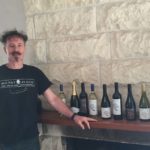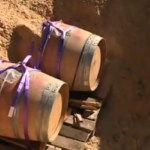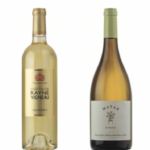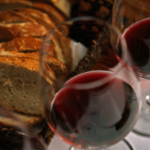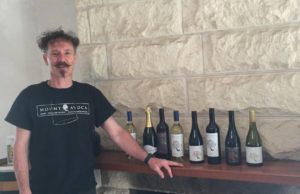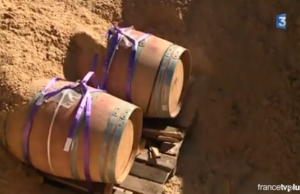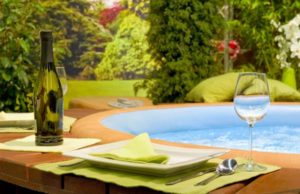This Algorithm’s Taste in Wine Is Better Than Yours
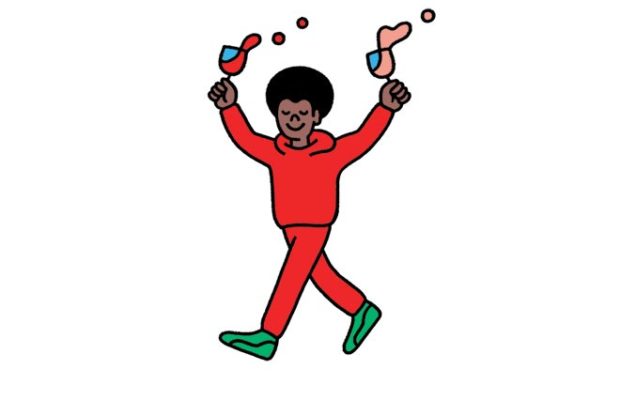
With the new site Verve Wine, master sommelier Dustin Wilson sides with the robots.
So, you want to buy a bottle of wine. You sort of know what you like—bold reds, crisp whites—but not much more than the names of a few grapes. You head to your local wine shop, which, being a proper local wine shop, has a dizzying array of options: reds from Oregon, Argentina, and Italy; whites from South Africa, New York state, and California; bubbly from France. How can you be sure your money will be well spent? You approach the counter, where the cashier is smiling in anticipation of the question she knows is coming: Umm, could you help me out?
Dustin Wilson thinks there’s a better way to buy wine. “Just because an employee thinks a wine is awesome doesn’t mean a customer is going to like it,” he says. And he’d know: Wilson is one of only 230 master sommeliers in the world (the 2013 documentary Somm chronicled his quest to become one). His credentials include working as wine director for Michelin-starred New York restaurant Eleven Madison Park—a dream job for any wine geek, but one he quit in 2015. “I looked at the landscape of wine retail, and I thought what I could do was more promising than a restaurant,” Wilson says. “Retail hadn’t evolved in a long time, so I wanted to push things along.”
That impulse turned into Verve Wine, an algorithm-based e-commerce site, which launches in December with about 1,000 bottles for sale. Would-be patrons start by visiting Wilson’s Manhattan store, which is scheduled to open Nov. 14, for a sitdown with him or one of his half-dozen certified sommeliers. Each customer is put through a wine-tasting Q&A session—the questions studiously avoid pretentious wine-speak—and the results are fed into a custom software program. For oenophiles outside New York, a questionnaire at vervewine.com will start the process.
“The algorithm is based on assigning values to each of the components we feel are important to wine: acidity, tannin level, alcohol level, and the presence of oak, herbs, flowers, fruits, earth, and spices,” Wilson says. When you sign in to Verve’s website, the algorithm spits out recommendations tailored to your taste profile. You can rate wines after you drink them, too, which helps refine the choices; the more you shop, the better the suggestions get. And if you’d rather just buy a bottle from Verve without creating a profile, that’s fine, too—most will sell for $25 to $50 online, and ship anywhere in the U.S., Wilson says.
Up to now, buying wine online generally has been for one-off purchases or gift giving, such as wine-of-the-month clubs, which take a one-size-fits-all approach. “If we can understand people’s tastes, they will explore with a lot more confidence,” says Wilson, whose three partners also come from the wine world. “People are scared to try new stuff. But if they are told that this wine is structurally similar to wines they already like, they will be more apt to give it a shot.”
Possibly. Popping in to your local wine purveyor, where the salespeople have come to appreciate your love of malbec, takes only five minutes, though, and you leave with a bottle. Still, Wilson is targeting millennials, who now drink almost half the wine consumed in the U.S. and are more likely to trust an algorithm than a human using incomprehensible adjectives. Drinking wine has “become more about camaraderie than having this thing up on a pedestal,” Wilson says. “Buying wine nowadays isn’t this high-end, snooty thing. It’s just … normal.”
Beyond Pinot Grigio
Pinot grigio (La Viarte, 2014; $23)
Made infamous by the Real Housewives of New York, pinot grigio is the tricycle of white wines: No matter your level of expertise, you’re going to have a smooth ride.Sight: Pale straw
Aroma: Lemon, apple, pear, melon
Alcohol: Medium
Body: Medium
Finish: MediumFriulano (Scarpetta, 2015; $23)
Friulano is native to northeastern Italy. More complex than pinot grigio, it will still please anyone looking for a crisp, easy drinker.Sight: Pale straw
Aroma: Lemon, yellow apple, melon
Alcohol: Medium
Body: Medium plus
Finish: Medium plusCabernet sauvignon (Hundred Acre, 2009; $410)
The cabernet sauvignon grape grows just about everywhere, which means there’s a lot of it out there. When you think “bottle of red,” you might be thinking about this one.Sight: Dark purple
Aroma: Currant, plum, black cherry, tobacco
Alcohol: High
Body: Full
Finish: LongValpolicella superiore (Dal Forno Romano, 2009; $98)
Most Valpolicellas are on the lighter side, but to be called a superiore, one must be aged at least a year and achieve a higher alcohol content, making it a worthy alternative to the typically robust cabernet.Sight: Dark purple
Aroma: Currant, plum, black cherry, mocha
Alcohol: High
Body: Full
Finish: Long
Click here to view original web page at www.bloomberg.com

